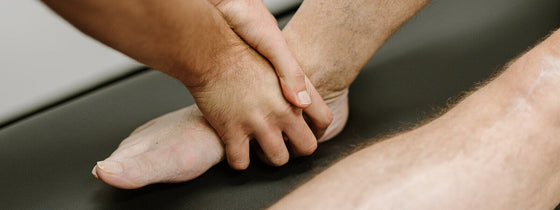Osteoarthritis is a common condition that can affect a person’s life dramatically. As discussed in an earlier blog ‘’your osteoarthritis is affecting your health’’ Osteoarthritis is a condition that affects the whole joint including the bone, cartilage, ligaments and muscle. The most common symptoms of osteoarthritis are pain and stiffness surrounding the joint that affect your ability to partake in normal daily activities.
More specifically, Knee osteoarthritis is a common condition that effects a large majority of the population. 1 in 10 Australians will suffer from knee osteoarthritis with nearly 20,000 knee replacements performed for osteoarthritis in Australia every year, showing a 36% rise in the rate of total knee replacements from 2005-2006 to 2015-2016.
However, there are many issues with the current knowledge and thoughts surrounding knee osteoarthritis and the progression of disease. Commonly as Physiotherapists we hear patients ask if they need to stop walking, running or exercises because of their diagnosis of osteoarthritis. Asking ‘’did I get knee osteoarthritis because of all the running I have done in the past?’’ The short answer to this question is no, it has actually been shown that only 1 in 30 Australian recreational runners will suffer from knee osteoarthritis, less than the general population.
Knee joint loading is not detrimental to health of the articular cartilage within the knee joint. In fact, it is thought that exercise and loading of the knee joint is in fact a front line treatment to improve symptoms and function in those suffering from knee osteoarthritis.
The trick is a guided and gradual return to exercise. This should be prescribed by a physiotherapist to discuss your current level of exercise capacity and to then use this as your starting point. Gradual increases in load over time with good guidance is key and as with any exercises program there is no one size fits all.
A physiotherapist guided program will be tailored to the patient’s specific needs and based off their personal tolerance and goals. It will guide the patient through a graded return to aerobic exercise such as walking, accompanied by some light strength work to ensure a safe and pain free return to activity.
The best part about persisting with a gradual increase in activity is that surgery can sometimes be avoided or prolonged over a longer period. However, inevitably in some circumstances a knee replacement may be required.
If you a friend or family member are suffering from knee osteoarthritis and have had or are requiring a knee replacement, book in with one of our expert physiotherapists who will help guide you through the management of knee osteoarthritis or a total knee replacement, to return you to your optimal health.

If you're experiencing back or neck pain with neurological signs and symptoms, a thorough neurological examination is crucial for accurate assessment and effective treatment. In this Optimal Tip learn more about what we mean by completing a neurological exam!

Squats, deadlifts, and calf raises are key movement patterns that should be part of every strength and conditioning program—regardless of age and activity level. These functional movements support joint health, improve posture and balance, and reduce the risk of injury while building strength where it matters most.

A ganglion cyst is a fluid-filled swelling that typically forms over a joint or tendon sheath, causing discomfort and pain, especially when pressing against nerves or joints. Proper assessment and treatment, including physiotherapy, are essential for managing symptoms and improving function in the presence of a ganglion in your hand, foot, or wrist.